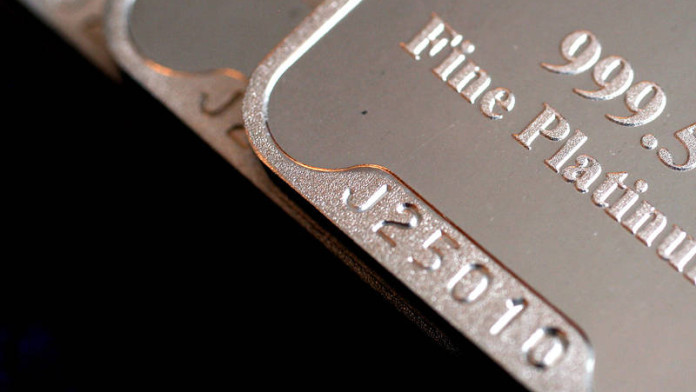
IT’S fair to say that Neal Froneman, CEO of Sibanye-Stillwater, hasn’t always been the best of friends with the South African government or its mines ministry, in particular. For instance, litigation against former mines minister, Mosebenzi Zwane, for the inappropriate use of the Mines Health and Safety Act which cost the company’s Kroondal Platinum Mine millions of rands in lost revenue, is still ongoing.
So it was with some surprise to hear current mines minister, Gwede Mantashe, bestowing praise upon Froneman. (Mantashe is, by his own admission, an inexperienced cabinet minister having been head of the mines portfolio for about two months at the time of writing … so he may change his tune).
Said Mantashe: “Froneman is from the empire that was created out of Harmony. That model knows how to best mine marginal resources. I’m looking forward to seeing what they do.” The reference is to Froneman’s purchase of Rustenburg Platinum Mines (RPM) from Anglo American Platinum (Amplats).
The transaction, completed in 2017, saved thousands of jobs, especially as Amplats increasingly considered the asset non-core; certainly, it was loss-making in Amplats’ hands. For a while, there was a chance that a portion of RPM’s roughly 300,000 ounces a year of platinum production might be shut, but in October 2017, Sibanye-Stillwater announced the production was safe, and 15,000 jobs that mined it.
Based on its recently published March (first) quarter numbers, Sibanye-Stillwater’s PGM operations in South Africa kept their heads above water despite the lower rand/dollar exchange rate. Adjusted EBITDA came in at R258m at an average 9% adjusted EBITDA margin recorded. Costs were managed better than Goldman Sachs forecast, according to its note at the time, and efficiencies were extracted. But times are hard nonetheless. The company felt it necessary to haul in capital expenditure R300m on the PGM mines.
TOUGH FOR EVERYONE
South Africa’s platinum sector – and mining in general – is suffering, even at an improved R12.60 to the dollar (versus 11.98 in the first quarter). According to Patrick Mann, an analyst for Deutsche Bank, a 30% to 40% improvement in the rand basket of platinum group metals (PGMs), is required for all of the industry to turn a profit.
In actual numbers, that’s a rand basket of R28,000 per platinum ounce. Sibanye-Stillwater’s first quarter average rand PGM basket price (4E) was R12,839/oz which gives an indication how tough it must be for other PGM miners.
According to Stephen Forrest, principal consultant at SFA Oxford, a research house that collects and interprets market data for the World Platinum Investment Council, the platinum price as per March (excluding other PGMs palladium and rhodium) should be seen as “… mine closure inducement”.
Normally, market analysts and executives talk of incentive pricing – a price required for new platinum production – but that’s the wrong way of thinking about the market currently, said Forrest. “This is the price that closes mines. The problem is the cost at which the platinum is being mined in South Africa,” he said.
As for the country’s other precious metal miners, it isn’t getting terribly easier. In March, Royal Bafokeng Platinum suspended plans for a R900m to R1bn rights issue to fund the development of its Styldrift 1 mine – which is essentially an expansion. Weeks later, Pan African Resources brought the curtain down on underground mining at Evander which would result in the loss of 1,700 jobs.
“The industry is in a great deal of difficulty,” said Paul Dunne, CEO of Northam Platinum. “We are now 15% off the price peak of the previous six months. These companies – platinum firms in South Africa – have been quite marginal for six months and now we’re down about 15% in rand terms,” he said, adding: “The quantum of cash burn at industry level is significant relative to market capitalisations and balance sheets”.
“Dividends have been stopped, stay-in-business capital has been reduced or stopped, capital expenditure has been stopped …. the lemon is being squeezed extensively,” said Dunne. “A lot of meat in these companies has just been eaten up and these were dividend-paying gorillas only ten years ago.”
“In the current environment, the economics for the South African businesses remain challenged and this translates into an increasing portion of the share price driven by option value,” said RBC Capital Markets in a note about the sector as a whole. “We continue to see an interesting, yet challenged investment case and maintain a sector perform recommendation,” it added.








